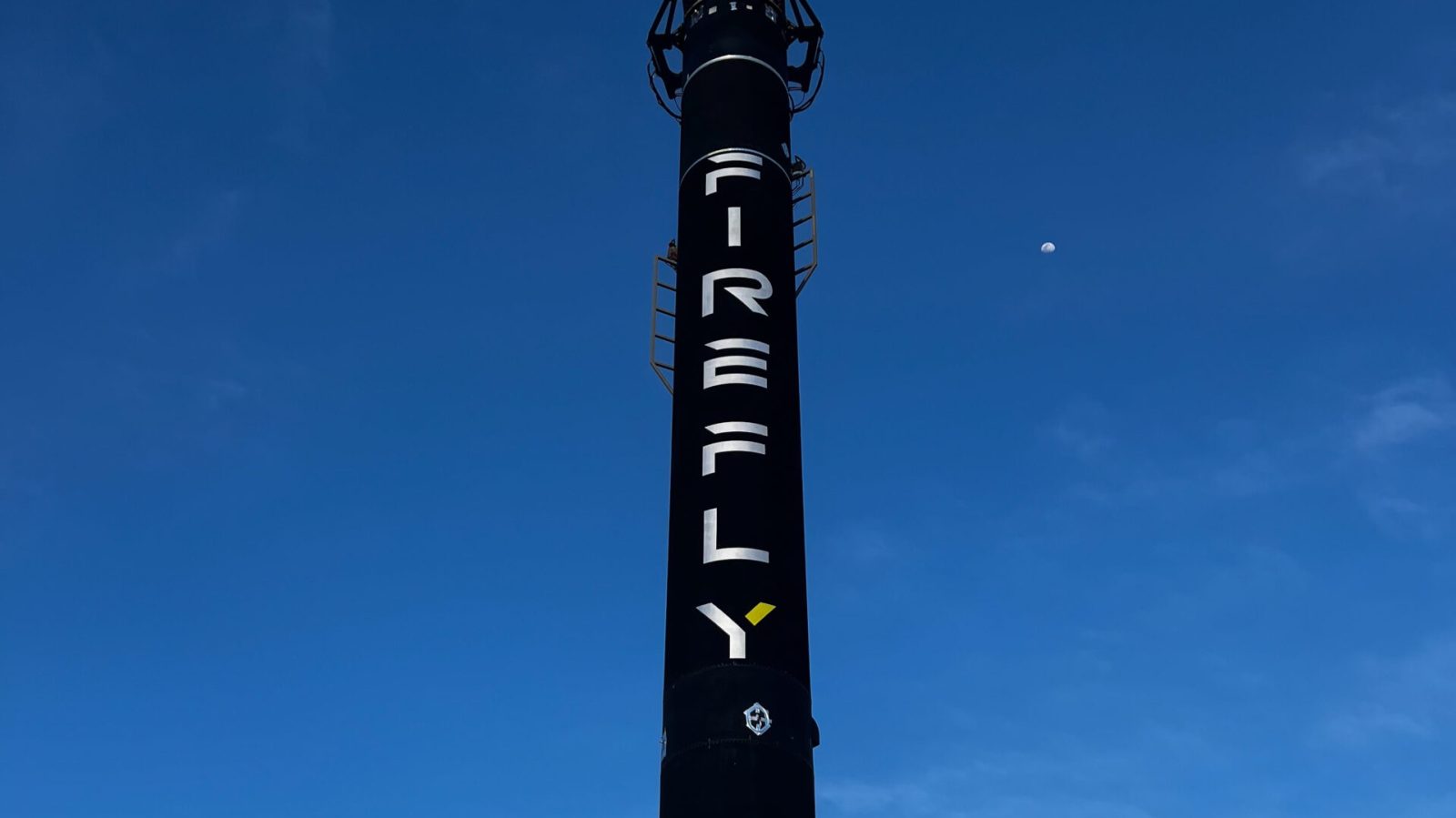
Just before the Christmas weekend Firefly launched its fourth Alpha rocket from Vandenberg Space Force Base, California. While the booster and first burn of the second stage perform normally, the second burn failed to place Lockheed Martin‘s tech demonstrator into its intended orbit.
Lockheed Martin’s payload lower than intended
Firefly, a small lift launcher, lifted off on December 22 from SLC-2 at Vandenberg with Lockheed Martin’s Electronically Steerable Antenna Demo mission on top. The goal was to place this small satellite into orbit, calibrate it, and put it into service quickly.
No signs of issues were seen during the company’s webcast of the launch as coverage ended before the second burn began. After conclusion of the webcast, Firefly did not give any updates to the status of the second burn of payload deployment, which led to speculation of something going wrong.
Twelve hours after launch, Firefly gave an update about the status of Alpha Flight Four’s mission.
Today, Firefly’s Alpha launch had a successful liftoff & progressed seamlessly through each stage of flight, including MECO, stage separation, fairing separation and the first SECO. Alpha’s scheduled stage 2 engine relight did not deliver the payload to its precise target orbit. Communications to the spacecraft has been established and mission operations are now underway.
Per Space Force tracking data, it showed two objects in a 215 by 523 km elliptical orbit. While satellites orbiting close to that 500 km mark could stay up there for years, depending on its capabilities. With it dipping as low as 215 km, Lockheed’s satellite will likely reenter Earth’s atmosphere in a matter of weeks.
Lockheed hasn’t commented on whether or not the tech demonstrator’s mission will be affected by this lower orbit. However, no comment at all on the current status of the mission might be a good sign that something could be salvaged from it.
Join our Discord Server: Join the community with forums and chatrooms about space! Also, directly support us via a Server Subscription!
Firefly one for four going into new year
This was Firefly’s fourth launch of its Alpha rocket and followed a successful flight on its VICTUS NOX mission for the Space Force in September. Firefly’s second flight had a similar issue to Lockheed’s as the demonstration payloads were deployed into an incorrect orbit and decayed much earlier than expected. However, Firefly considered the mission a success.
Firefly first took flight with Alpha back in 2021 where the first stage suffered an early shutdown of one of its engines. The rocket later had to be terminated before completing its first stage burn.
Moving into 2024, the company hoped to launch four more Alpha rockets with six then in 2025. Sitting on the higher end of what is out there for small lift rockets, Alpha can carry up to one metric ton to low Earth orbit, much more than Rocket Lab‘s Electron rocket and Astra‘s Launch System 2/Rocket 4.
Firefly is also moving into the medium launch space with its, wait for it… Medium Launch Vehicle it is co-developing with Northrop Grumman. Before that however, Firefly will build a new first stage for Northrop’s Antares rocket to make the Antares 330+.
FTC: We use income earning auto affiliate links. More.

Comments